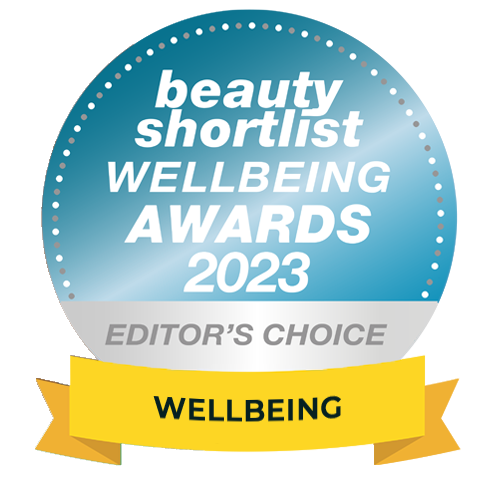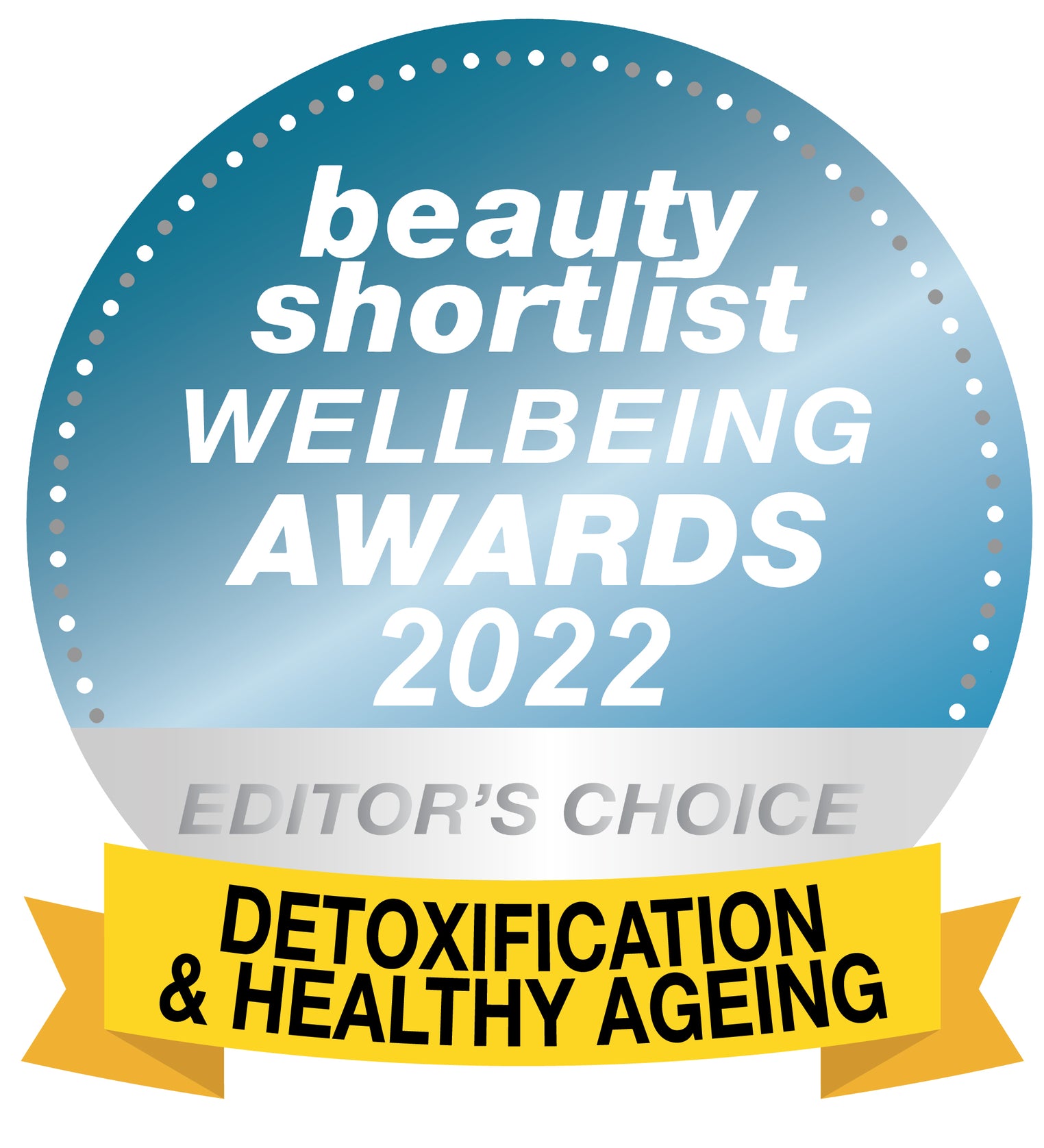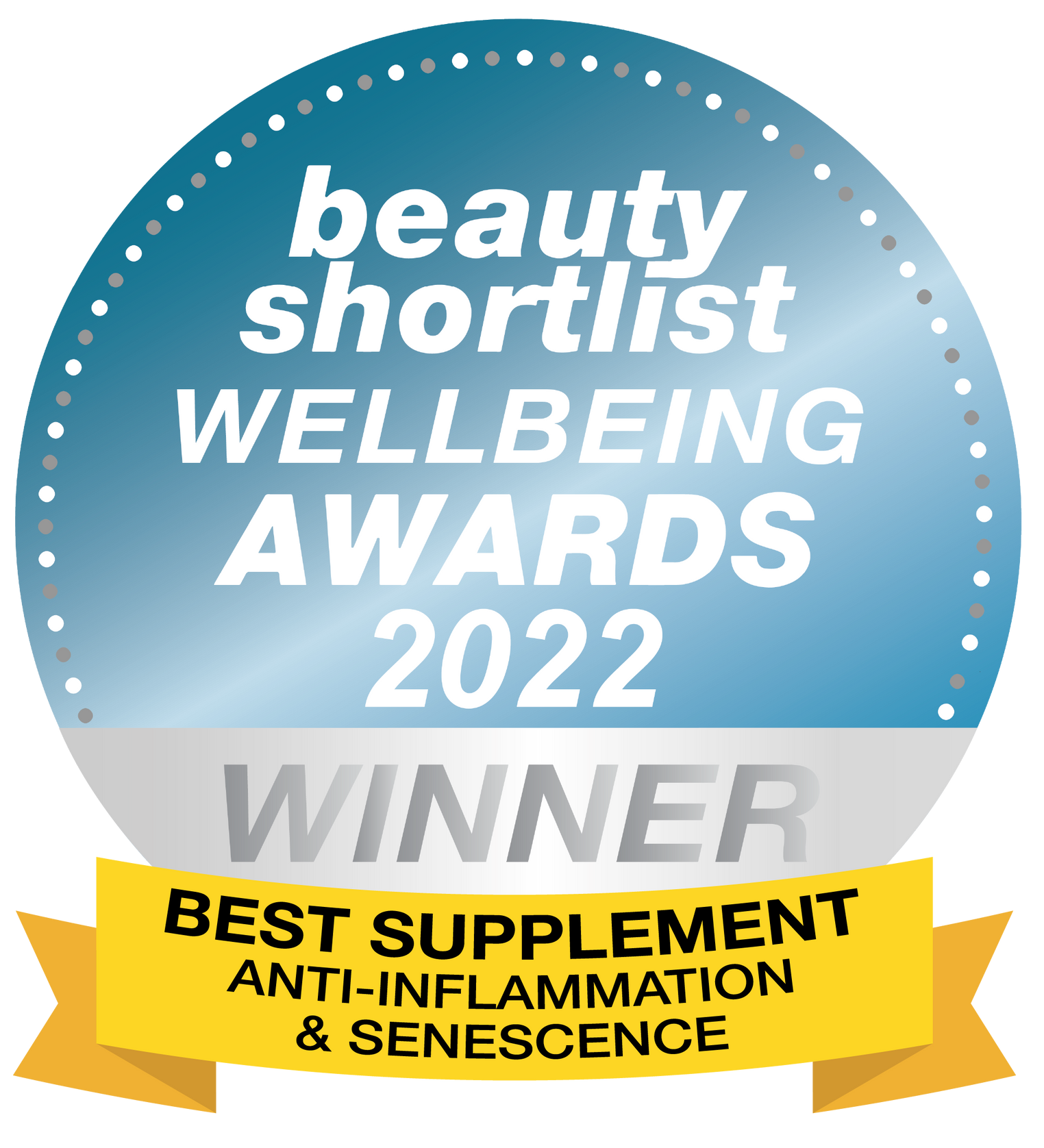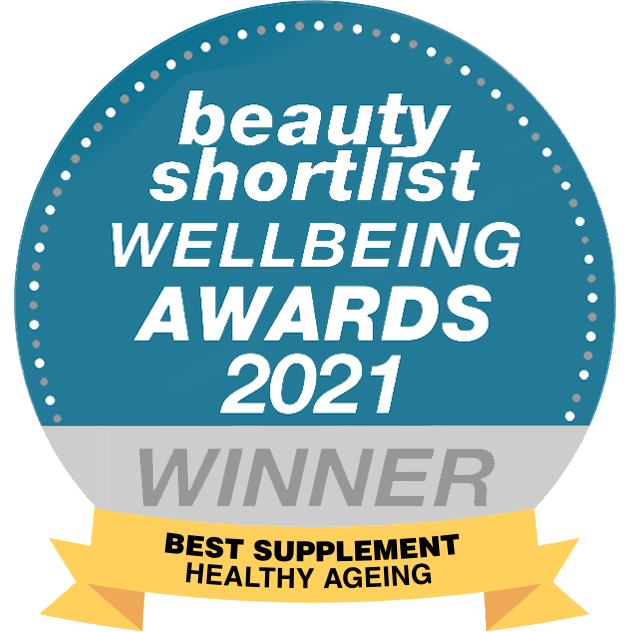Ever wondered why people live for so long in the Blue Zones? Discover some of their secrets to feeling younger for longer and learn how to apply these lessons in our busy lives.

What are the Blue Zones?
Are you living in the United Kingdom? If so, what do you think the average life expectancy of a citizen is? Even if you don’t know the exact age, you would be forgiven for thinking that it would be higher than ever before. After all, today’s modern world is known for incredible scientific breakthroughs, access to unrivaled healthcare, and safe, comfortable living conditions. But the reality is, that’s not quite the case.
For many decades, that was true. Your parents would have a longer life expectancy than your grandparents, who in turn would have had a longer lifespan than their parents. But in the last few years, there has been a significant decrease in life expectancy. Not just here in the UK but also developed countries around the world.
For more on this, read The Three Factors That Cause Premature Aging.
However, there are specific regions in the world where life expectancy is booming—reaching levels far above anywhere else. These areas are called “Blue Zones.”
This trend has caught the eye of researchers and ordinary people alike. The question that gets frequently raised is: “What’s so unique about these blue zone regions that their life expectancy is so different from the rest of the world?”
In this article, we’ll explore the habits of those who live in the Blue Zone and see how their lifestyle promotes longevity by activating certain processes in the body that are known as longevity pathways. We’ll also discuss some of the lessons that we can learn from them to increase our life expectancies.
What are the longevity pathways?
In short, the longevity pathways are mTOR, Sirtuins, NF-kb, and AMPK. All of these pathways play a crucial role in the aging process. Two, Sirtuins and AMPK, slow down aging when they are activated and the other two slow down aging and the onset of age-related symptoms when they are inhibited.
Sirtuins (silent information regulators) impact multiple cellular pathways responsible for regulating gene expression, metabolism, DNA repair, apoptosis, and aging. Activating this pathway can increase life expectancy.
The AMPK (Adenosine monophosphate-activated protein kinase ) pathway is responsible for regulating how the human body uses and transforms energy. AMPK levels are high in young people and help protect us from chronic conditions such as diabetes and obesity. However, as we grow up, the levels may fall leading to obesity and accelerated aging. This is one pathway that you want to activate!
mTOR (mammalian target of rapamycin) is a cellular signaling pathway responsible for regulating cell growth, proliferation, and survival. However, overactivation of mTOR has been found in relation to a range of age-related diseases and conditions, inhibiting its activity through calorie restriction, therefore, slows down the aging process.
And lastly, NF-kB (nuclear factor-kappa B) is a mediator of the body’s immune response. It is activated by inflammatory stress. High levels of inflammation are found in many of the chronic conditions related to aging. By inhibiting this pathway by reducing stress and inflammation, you can slow down aging and delay the onset of age-related conditions.
Interested in finding out more? You might enjoy The Longevity Pathways - How to Live a Happy, Healthy and Long Life.
Where are Blue Zones?
Blue Zones are some parts of the world, where the residents reach ages between 90 to 100 years old. According to studies, these regions are homes to many nonagenarians and centenarians (people who live past the age of 90 and 100 respectively).

First identified in 2005 in an article in the National Geographic by respected journalist and author Dan Buettner, there are five different regions around the globe that fit into a Blue Zone definition:
-Icaria in Greece – An Island in Greece famous for its Mediterranean diet rich in red wine, homegrown vegetables, and olive oil.
- Ogliastra in Sardinia, Italy – The people live in mountainous regions working on the farm and consuming a lot of red wine.
- Okinawa in Japan – The oldest women in the world live here. Apart from practicing meditation and Tai Chi, these people love soy-based diets.
- The Nicoya Peninsula in Costa Rica – Beans and corn tortilla-based food. People do physical jobs.
- Loma Linda in California – Where the Seventh-day Adventists reside. A very religious group of people who are strict vegetarians.
But why Blue Zones? These regions got their name because when Dan Buettner was researching these areas, he used blue circles around them on the world map. Although Buettner only talks about the five regions in his book, they may not be the only areas in the world that can be classified as Blue Zones.
What do people living in the Blue Zones have in common?
What makes these places so unique? Well, it’s a mix of things. Sure, genetics can account for a difference of up to 30% in life expectancy amongst humans—but that doesn’t explain the vast difference in residents of these five zones compared to the rest of the world.
Using data and first-hand observations, Buettner was able to notice some overlapping characteristics between the residents of these places. These include:
Whole plant foods
Although these people are not strict vegetarians, (except for the Seventh Day Adventists), they limit meat intake to a maximum of approximately five times a month. Their diet is at least 90% plant-based. Researchhas shown that people who consume less meat are at less risk of death as a result of cancer, heart disease, and other chronic health conditions.
The Blue Zones diet also consists of the following:
Whole grains–which are rich in fiber. Whole grains are associated with reduced blood pressure, heart disease, and colorectal cancer.
Vegetables–Another great source of fiber. Vegetables also provide the body with essential minerals and vitamins. According to research, consuming at least five servings of vegetables and fruits daily can reduce your risk of suffering from cancer and heart disease.
Legumes–Legumes such as chickpeas, beans, and peas are rich sources of protein and fiber. Studies show that legumes may help lower the mortality rate.
Colorful fruit and vegetables–Consuming a diet that is rich in plant phytochemicals such as grapes and berries. Plant phytochemicals help activate the longevity pathways AMPK and Sirtuin.
Research has also shown that various phytochemicals play different roles in the human body. For instance, the flavonoids in apples, berries, coffee, and soybeans may help fight inflammation and tumor development.
Carotenoids in cooked tomatoes, squash, carrots and broccoli may enhance the cardiovascular system, inhibit cancer growth, and boost immunity.

Protein sources such as fish instead of meat
High levels of red meat are associated with inflammation. Inflammation has been linked with an increased risk of a shorter life expectancy because it has been associated with a wide range of chronic conditions ranging from heart disease to cancer to depression.
Fish is an excellent source of omega-3 fats which are good for brain and heart health, as well as reducing inflammation. Reducing inflammation inhibits NF-kB, which delays the onset of age-related conditions and illness.
Fasting and controlled calorie intake
Other habits that are unique to the people in these regions are fasting and reduced calorie consumption. Most of the people in the Blue Zones practice fasting of some type, whether it’s for religious reasons or intermittent fasting while working during the day. Yet other groups have reduced calorie consumption.
Take Okinawans for instance; data shows that before the 1960s, the residents in this area were consuming fewer calories than required. This may have contributed to their high life expectancy today
Researchers believe that consuming fewer calories may be contributing to the long life expectancy in some of these blue regions. According to a study, reducing your calorie intake by even 30% can significantly increase your life expectancy.
This would make sense because calorie restriction inhibits mTOR, and activates Sirtuins—two of the major longevity pathways.
Moderate alcohol consumption
Some people in Blue Zone regions drink at least 1 to 2 glasses of red wine daily. One of the best things about red wine is that it contains antioxidants from grapes.
According to experts, antioxidants are essential for preventing DNA damage. Aging comes about as a result of DNA damage, and as such, there is a very close link between antioxidants and longevity.
Research has shown that oxidative stress can inhibit the activity of sirtuins (longevity genes). By preventing oxidative stress, antioxidants help boost the functioning of sirtuins.
Interested in learning more about antioxidants? Read Why Polyphenols Are Good for You.
Other factors that contribute to increased life expectancy
People in the Blue Zone also have the following in common that may contribute to their long lives:
Sufficient sleep
Those who live in these regions, get enough sleep, including taking daytime naps. Sleep increases longevity by enhancing the endocrine, cardiovascular, nervous, and immune systems. Research has also shown that sleep deprivation can lead to chronic conditions such as obesity, heart disease, hypertension, and diabetes.
During sleep, your body gets busy with vital body processes such as cell repair. These processes that happen during sleep enables all your body systems to be at their best. When all your body systems are functioning normally, your overall health tends to improve and this is where high life expectancy comes in.
If you struggle to sleep, have a look at How to Feel Younger - Take Care of Your Circadian Rhythm
Daily exercise
Blue Zone populations live active lives. They don’t necessarily go to the gym, but they engage in activities such as walking, gardening, cooking, etc. Many still work on farms and therefore get a lot of exercise as part of their daily routine.
Exercise activates the AMPK-SIRT1-TFEB pathway and helps activate the organelles in the human brain and body that help the body respond well to cellular nutrition and repair damaged plasma membranes.
Exercise is also known to enhance physical performance, maintain metabolism and endocrine homeostasis, boost your mood, and reduce cognitive decline. All these aspects are important to chronic conditions such as hypertension, diabetes, neurodegenerative disease, and depression. It goes without saying that these are some of the most common death-causing diseases today.
Spirituality

People living in Blue Zones are mostly religious and practice spiritual habits. A number of studies have shown that being religious is associated with a lower risk of death. This could be due to support from others, increased stress-reducing habits such as praying or meditating, reduced depression rates, and strict diets. Whatever the cause, we can see that having some form of spirituality will increase your quality of life and possibly your life expectancy.
Life purpose
People living in these regions tend to have a sense of purpose in life. Many are still working and perform tasks such as looking after grandchildren, which gives them a sense of meaning and purpose. Having a purpose in your life is often associated with a long, quality life.

Multi-generational families
In these regions, families live together, with grandparents taking care of the grandkids. According to research, older adults who take care of young ones tend to have an active and long life. This links very closely with having purpose in life.
Non-smoking
Typically, dwellers within these five zones don’t smoke. It has been shown that smoking can decrease your life expectancy by 10 years.
Social engagement
Many of the people in these zones have daily interactions with friends and neighbors of all ages. Their social networks and interactions are most likely positive and encourage them to continue in those habits that increase life expectancy.
What lessons can we learn from people in the Blue Zones?
Although the above characteristics may not be new to us, the people in the Blue Zones are actually living many of the “healthy lifestyle habits” that we all know we should incorporate into our daily lives.
As we have seen, many of their daily habits and activities actually extend their life expectancy by influencing the longevity pathways. By incorporating similar habits into our lives, we can also put factors in place that can positively influence our life expectancy.
From their “real-life” examples, we can learn that to increase longevity, we need to:
-
Keep inflammation low- Stick to whole plant foods, eat a diet that is rich in plant phytochemicals, and proteins such as fish that’s rich in omega-3 fats. Be conscious of stress and practice stress management daily.
-
Diet plays a very important role - We need to ensure that we eat a varied diet so that essential hormones, minerals, and vitamins are present in the body. This will help boost enzyme and cellular activity.
-
Be aware of our stress levels - Ensure we maintain insulin sensitivity and glucose tolerance by exercising regularly, practicing stress relieving habits such as meditation, praying or yoga, watching the amount and type of food we eat and keeping a healthy body weight.
-
Aim for health - Make sure we get sufficient sleep, exercise, and healthy social interactions.
-
Live a life of purpose - Find purpose and meaning in our lives so that we look after ourselves to fulfill that purpose.
In short, to live longer we need to incorporate healthy habits and lifestyle choices that positively influence the longevity pathways. But in today’s fast-paced world, it’s not always easy to do so. Most of us would have to make a complete lifestyle overhaul or literally move to the Blue Zones to adopt all of their habits. When you are working long hours and spending the rest of the day traveling to get to work, it’s very difficult to fit in a regular exercise program, a healthy diet, and all the other lifestyle factors that influence longevity.
And that’s precisely why we’ve developed our products. Youth & Earth supplements are specifically designed to mimic many of the benefits that come from living a lifestyle similar to those in the Blue Zones and are specifically designed to target the longevity pathways.
Products such as NMNthat boosts levels of NAD+ that directly activate Sirtuins, RELEAF that contains Berberine that activates AMPK, SUPERBA™ KRILL OIL that’s high in Omega-3s (without the fishy aftertaste!), and PRESERVAGE for mTOR and nFKB. Our carefully identified range of anti-aging products, all of which have been backed by scientific research, can help to increase your life expectancy and fight the aging process.
In Conclusion
Longevity is not something that can only be found in the Blue Zones. By learning from their example, making simple healthy lifestyle changes, and supplementing wisely with our products, we can all take positive steps towards slowing down the aging process and living long, healthy and happy lives way beyond the average life expectancy
The content of this article is for informational purposes only. It’s not intended to be a substitute for professional medical advice, diagnosis, or treatment. Always seek the advice of your physician or health provider before starting a new health regime or program. Do not ignore medical advice or delay seeking it because of something you’ve read on this site or any Youth & Earth product.






























